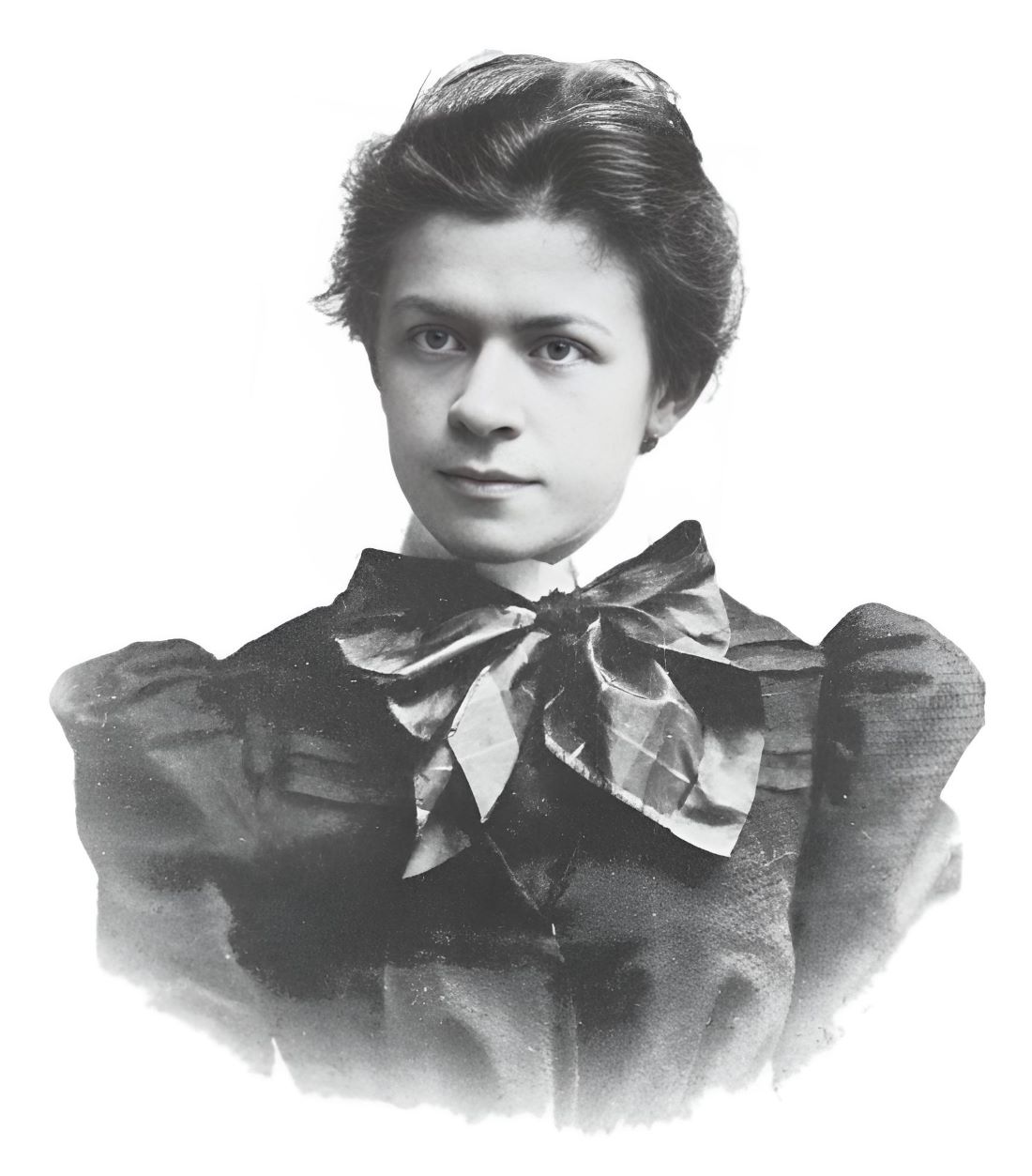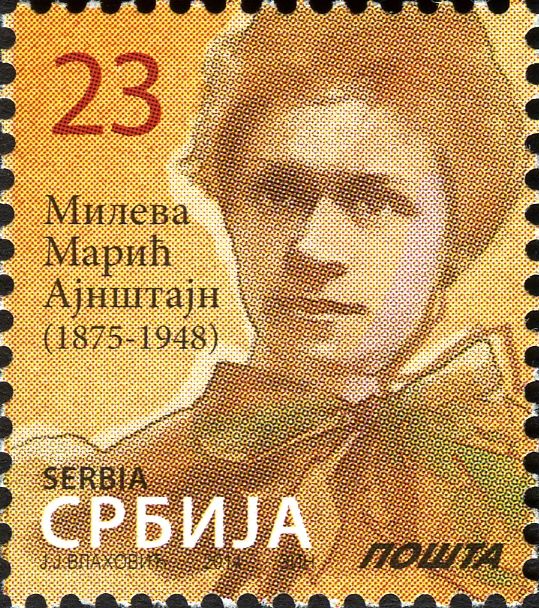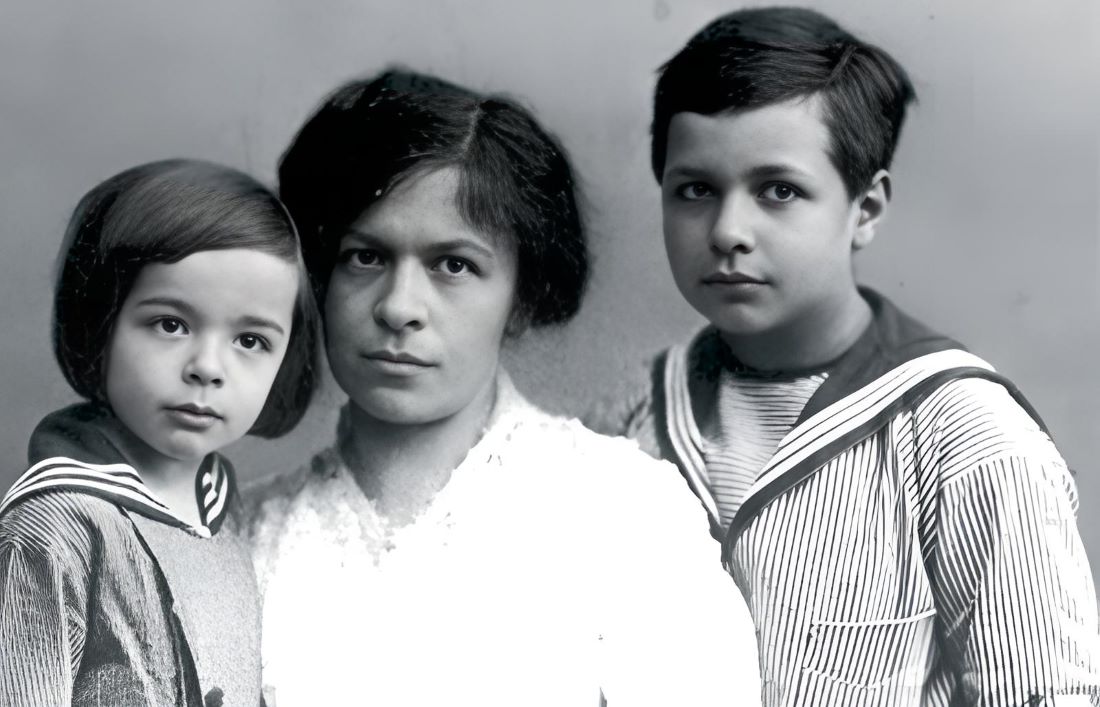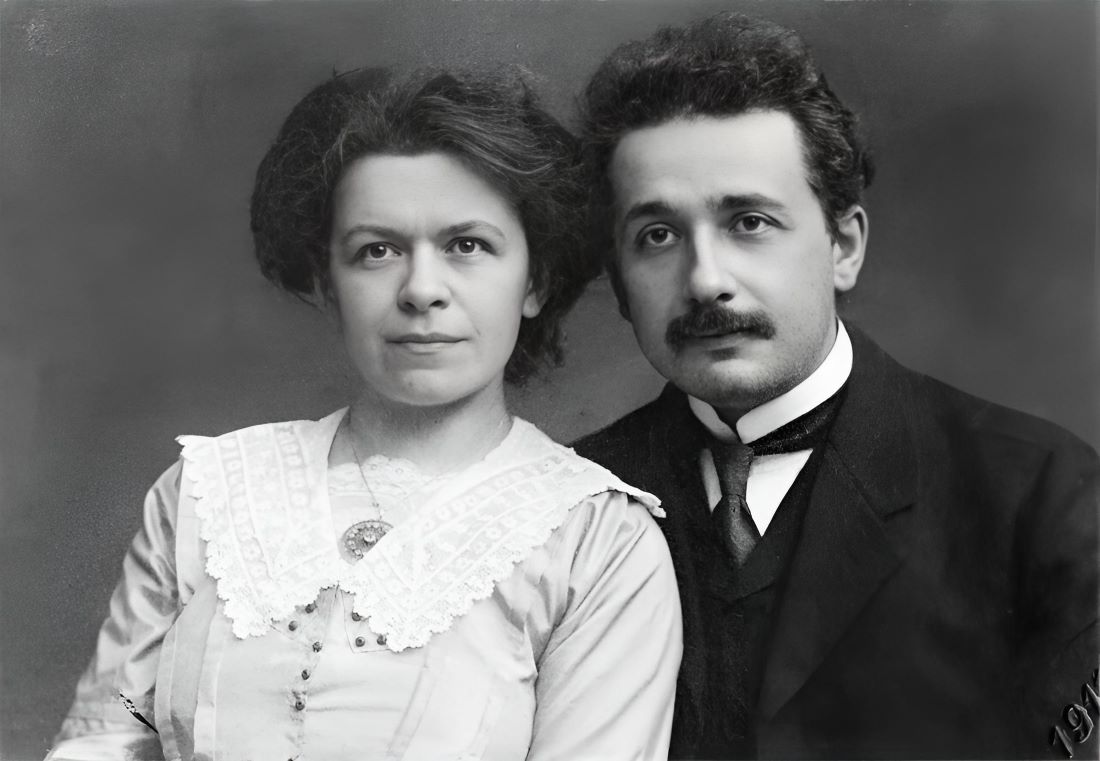Mileva Maric Einstein emerges as a fascinating figure who, in recent times, has garnered the attention of scholars—an attention well deserved and fitting to her stature. Far from being merely the spouse of one of history’s greatest scientists, she was also his collaborator in groundbreaking research. Throughout the 20th century, her contributions to some of Einstein’s most significant works were overlooked by researchers. However, recent studies suggest a different narrative, revealing her considerable impact and underscoring her significant role.
Meeting of Minds
Born (1875) into a prominent Serbian family known for their wealth and status, Mileva Maric’s early life was marked by an environment that valued education and achievement. Her father, recognizing her potential and the limitations placed on women’s education in their native land, sent her to Zurich, Switzerland, to pursue higher education—a rare opportunity for women at the time. It was at the Polytechnic School in Zurich where her path crossed with Albert Einstein’s, setting the stage for a partnership that would intertwine their personal and professional lives.

Despite facing the challenges of being one of the few women in a male-dominated field, Maric’s academic prowess was undeniable. Upon completing her coursework, although she had not yet graduated, her average grades were notably higher than Einstein’s. Their shared passion for physics and intellectual pursuits sparked a romance, culminating in the birth of a daughter out of wedlock—a scandalous affair for the time. However, Einstein was reluctant to marry Maric until he secured a stable job, highlighting the complexities of their relationship amidst societal expectations and personal ambitions.
Collaborative Endeavors
Despite the historical oversight by scientists and researchers throughout the 20th century regarding Mileva Maric Einstein’s contributions to some of Albert Einstein’s most critical works, recent studies have begun to shed light on her true role. In her comprehensive scientific paper, “The Forgotten Life of Einstein’s First Wife,” Pauline Gagnon meticulously compiles evidence supporting the claim that Mileva was indeed an active participant in these groundbreaking investigations. A wealth of preserved testimonies and letters attest to this fact, revealing the depth of their partnership.
Albert Einstein’s correspondence offers a window into their collaborative spirit. In a letter dated September 1900, Albert expresses eagerness to “resume our new common work,” highlighting his anticipation of Mileva’s research contributions and proudly envisioning her as a doctor, while he considered himself “an ordinary man.” Furthermore, Mileva’s letter to Helene Savić on December 20, 1900, reveals their strategy to validate their findings, mentioning,
“We will send a private copy to Boltzmann to see what he thinks and I hope he will answer us.”
Albert’s letter from April 4, 1901, also illustrates their joint efforts, as he discusses sending their article to Prof. Jung through Michele Besso’s uncle, showcasing their shared pursuit of scientific recognition.

The clearest indication of their collaboration comes from Albert Einstein himself, who, in a letter to Mileva on March 27, 1901, shared his vision of their combined success:
“How happy and proud I will be when the two of us together will have brought our work on relative motion to a victorious conclusion.”
Yet, the year 1905, known as Albert’s “miracle year,” saw him publishing pivotal articles without explicit acknowledgment of Mileva’s role. Among these were his studies on the photoelectric effect, which earned him the Nobel Prize in 1921, and his formulation of the theory of special relativity, encapsulated in the equation E=mc^2. Reflecting on these accomplishments, Albert later admitted to R.S. Shankland that relativity had been his life’s focus for seven years, and the photoelectric effect for five. Biographer Peter Michelmore recounts how, after finalizing the special relativity paper, Albert “went to bed for two weeks,” during which Mileva meticulously reviewed the article before dispatching it, further underscoring her instrumental role in their shared scientific journey.
Tangled Threads of Personal Life
The personal life of Mileva Maric Einstein was as complex and intertwined with trials as her academic endeavors. Together, Mileva and Albert had three children: two sons and a daughter, Lieserl, about whom little is known and whose fate remains a subject of historical speculation. Despite their early collaboration and shared passion for physics, their marriage deteriorated over the years. Albert’s affair with his cousin, Elsa, whom he later married, was a scandal of its own time. However, in an unexpected twist of fate, upon winning the Nobel Prize, Einstein allocated the prize money to Mileva, a gesture acknowledging their shared past and perhaps the silent contributions she made to his theories.

Mileva’s later years were marked by her attempts to gain recognition for her role in the development of the theory of relativity. Despite her efforts, Einstein is reported to have dissuaded her, suggesting she maintain silence on the matter, advice she ultimately followed, thus preserving the legacy of Einstein while her own faded into the shadows. Mileva Maric Einstein passed away in Zurich (1948), where she spent her final years, and was laid to rest in the city’s Nordheim Cemetery. Her story, a blend of brilliance, collaboration, and personal sacrifice, echoes the complexities of the human spirit intertwined with the relentless pursuit of knowledge.
Historical Challenge: Can You Conquer the Past?
Answer more than 18 questions correctly, and you will win a copy of History Chronicles Magazine Vol 1! Take our interactive history quiz now and put your knowledge to the test!

